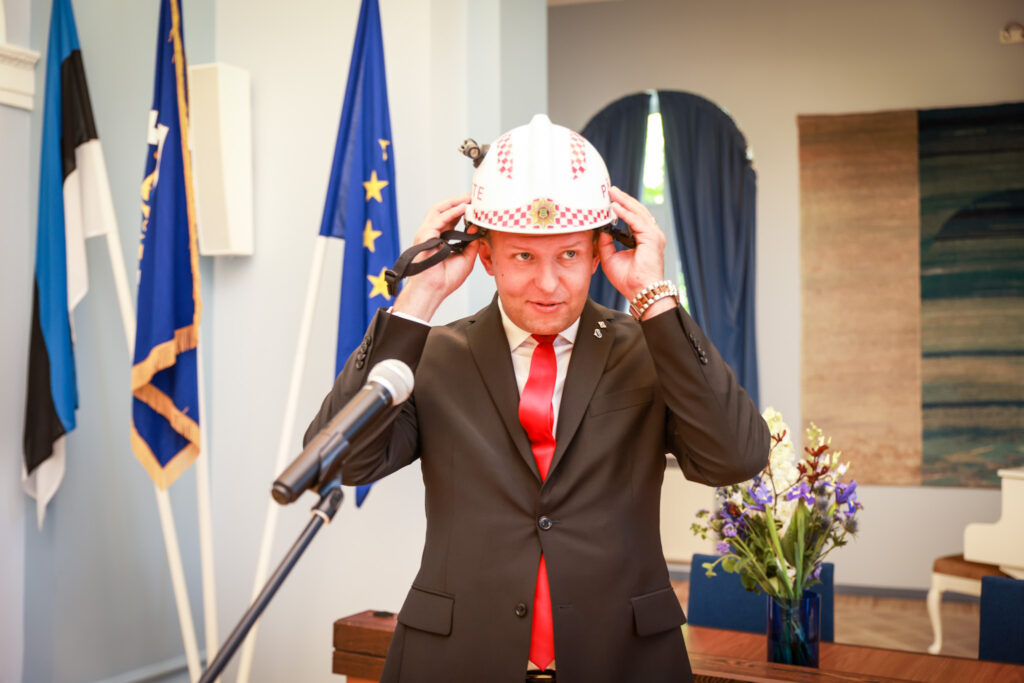The Estonian government established a cap for immigration for 2023 at 1,307 people; the number will be distributed between different fields based on the applicant’s reason for applying for a residence permit and the reason for granting one and in accordance with proposals by ministers responsible for their fields.
As the need for labour has grown in Estonia in recent years and as a result, the annual cap has been reached, this year, too, the immigration quota is to be set at the maximum permitted share of 0.1 percent of the permanent population of Estonia, a spokesperson for the Estonian interior ministry said.
Lauri Läänemets, the Estonian interior minister, said the immigration cap for 2023 aimed to foster economic development in Estonia and the inclusion of foreign labour in areas where the need for specialists is direst.
“I deem it reasonable that by distributing the quota in a targeted manner we can manage immigration and thereby ensure that Estonia is open to foreign people who support the development of our economy and society,” Läänemets said.

Alleviating the labour shortage
“By setting an immigration quota, we want to alleviate labour shortage in areas where the need for it is most urgent and where the shortage hinders the growth and development of businesses. In this regard, we’re guided by previous years’ statistics on residence permits and registration of short-time employment.”
A specific portion of the quota is earmarked for creative workers and athletes, journalists and foreign nationals who take up residence in Estonia based on international agreements.
As a result of quota distribution, 600 fixed-term residence permits can be granted for foreign nationals in manufacturing business, 200 in construction, 100 in storage and warehousing, five for entrepreneurship, five based on an international agreement, 19 for working in a performing arts institution as a person engaged in creative activities, and 30 for professional activities as an athlete, coach, sports referee or sports worker at the invitation of the corresponding sports association. The remaining part of the quota for 313 people can be distributed freely.

The quota is decreasing
The number of permanent residents of Estonia has decreased compared with 2021, thus, the immigration quota will also be smaller next year, having been 1,311 in 2022.
The immigration quota mainly regulates immigration to Estonia for work and entrepreneurship from third states. The quota covers fixed-term residence permits granted for the purpose of work and entrepreneurship and those granted based on a foreign agreement.
The quota does not include ICT workers and foreigners working in startups or engaged in startup entrepreneurship. The quota also does not cover family-related immigration, immigration for study or work as an academic, for the purpose of acting as a major investor or working as a top specialist receiving 1.5 times the average salary in Estonia.
The quota also does not include citizens of the European Union and their family members, citizens of the United States, United Kingdom and Japan or people seeking international protection.

